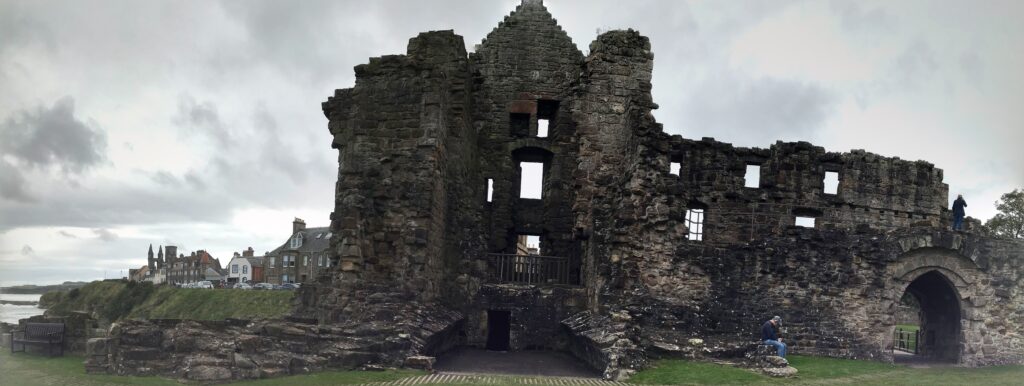St. Andrews Castle is a historic castle located in the town of St. Andrews, in the county of Fife, Scotland. It stands on a rugged cliff overlooking the North Sea and played a significant role in Scottish history.
The castle dates back to the 13th century when it was constructed as the residence for the bishops and archbishops of St. Andrews. Over the centuries, it underwent various alterations and expansions, becoming a formidable fortress with thick walls, towers, and defensive features.
One of the most notable events associated with St. Andrews Castle is the Siege of St. Andrews in 1546-1547. During the Protestant Reformation, supporters of the Protestant cause, including preacher John Knox, held the castle. The siege, led by forces loyal to the Catholic Mary of Guise, saw intense fighting and culminated in the explosion of a mine beneath the castle’s walls, resulting in significant damage.
Today, visitors to St. Andrews Castle can explore its ruins, including the remains of the gatehouse, towers, and underground mine tunnel. Historic Environment Scotland manages the castle and offers guided tours, exhibits, and stunning views of the coastline.
St. Andrews Castle stands as a testament to Scotland’s turbulent past and is an important historical and cultural landmark in the region, attracting visitors from around the world to learn about its rich heritage.
